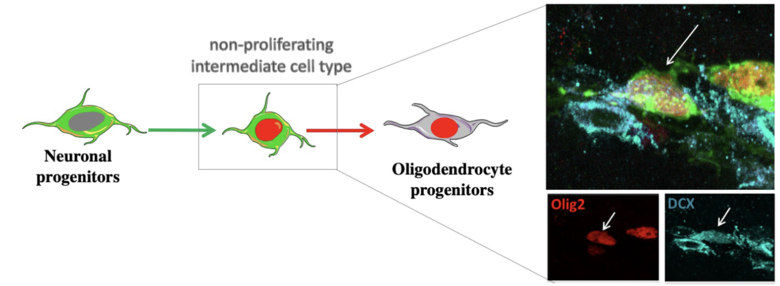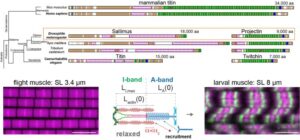In this article, the Durbec team showed that neuroblasts, which give rise to neurons in physiological conditions, generate myelinating oligodendrocytes in pathological states. This fate change occurs directly by forming a transient cell state co-expressing neuronal and oligodendrocyte identity markers. This conversion involves fine-tuning of transcriptional and translational mechanisms and regulation of cell metabolism and migratory behaviour.
Mini-Symposium: Linking Neural Development, Human Disease, and Evolution
Join Us on September 29, 2025 at the Hexagone, Luminy, in Marseille.




